
For dedicated fitness enthusiasts — particularly those into bodybuilding or otherwise extensive physical training — life tends to be broken into two phases: cutting and bulking. The former involves focusing one’s efforts on losing fat, while the latter emphasizes adding muscle. Many people enter a cutting phase right before summer, otherwise known as swimsuit season, in order to look good once it’s time to shed excess clothing. A bulking phase, on the other hand, tends to come during winter, when more clothing and holiday food fests contribute to a heftier physique.
With winter on the way, we’re here to show you how to bulk up. It’s not difficult, but doing so effectively does require a handful of specific tactics. If you’re wondering how to build muscle while you’re cooped up inside during the winter, keep reading to find out the secrets.
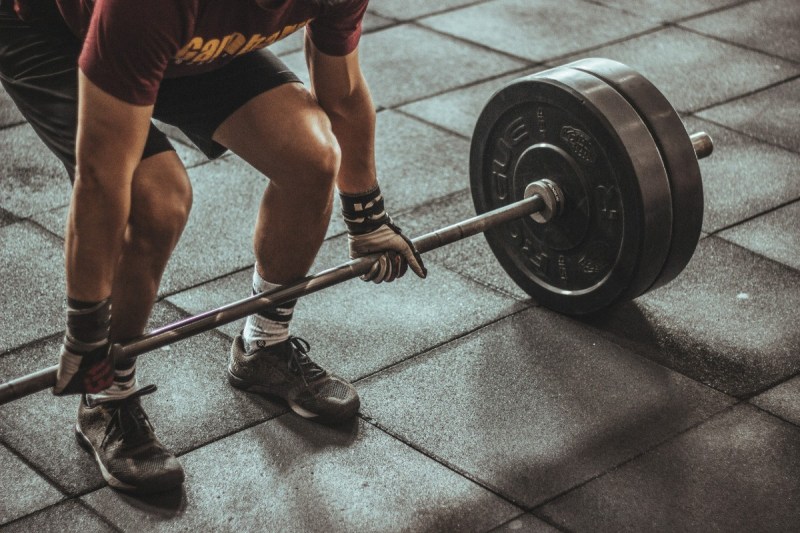
Lift heavy
When you’re bulking, your goal is to pack on as much muscle as possible. That means you need to lift as heavy as possible, which will force your body to adapt to the weight load.
When you lift weights, your muscles experience a series of micro-tears. As your muscles cycle through healing these tears, greater mass is gained as your body attempts to prepare you for future loads. The more weight you lift consistently, the more your body will be pushed to accommodate. The end result: Muscle growth.
Your goal, therefore, should be to lift as much weight as possible, even if that means decreasing repetitions. When benching to bulk, for example, instead of performing three sets of 10 repetitions at 60% to 80% of your lifting capability, aim for maxing out your lifts at 90% or more of your capacity for two to six repetitions.
You also need to achieve progressive overload, which means progressively lifting heavier and heavier weights. This can be achieved merely by adding a handful of pounds to a lift every few gym sessions.
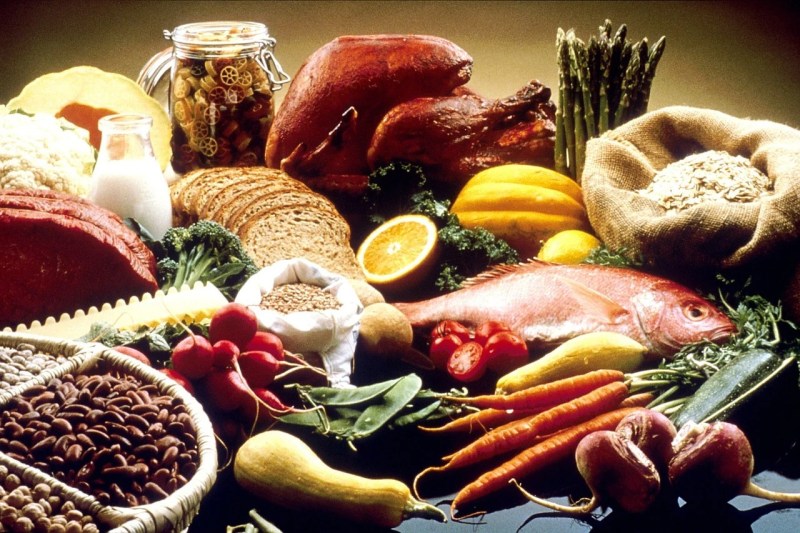
Eat more
If your body is going to heal all those micro-tears, it needs to be properly fueled. That means eating. A lot.
How much you eat doesn’t have to be a guessing game. There’s a fairly precise science to it that involves eating a calorie surplus rather than a deficit. With a deficit, you eat less than your body’s caloric maintenance rate, which is how many calories your body requires to maintain its present fat and muscle composition. With a surplus, on the other hand, you’re eating more calories than your body needs so that it has plenty of calories to fuel muscle development.
There are a lot of calorie calculators out there that will help you determine how much you should be eating to either cut or add calories. More challenging can be determining how many calories you’re actually eating on a daily basis. The old-fashioned method involves simply tracking what you eat via pen and paper and totaling up how many calories you’re taking in each day. These days, there are a number of apps that can make this easier, with My Fitness Pal being one of the most popular.
You can also use fitness trackers to determine how many calories you’re taking in versus how many calories you’re burning through exercise and other activities. The accuracy of these trackers can vary greatly, but we’ve found that the Garmin Venu 2 Plus delivers consistently solid results.
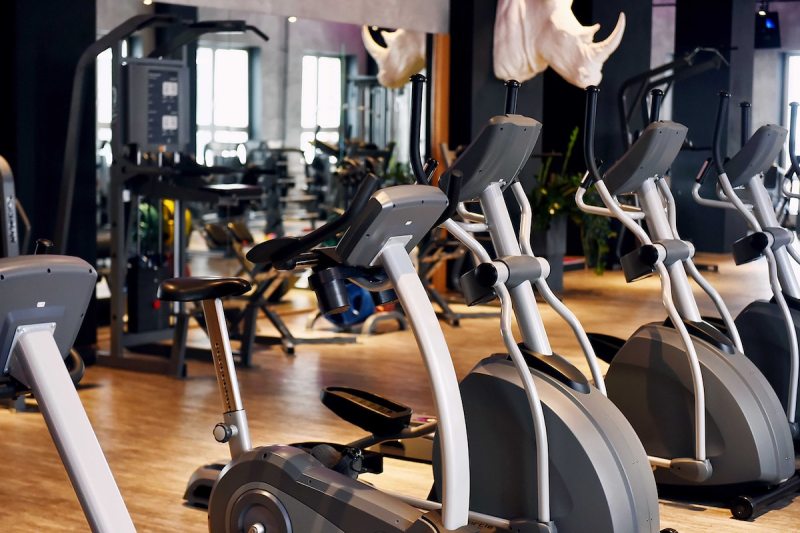
Do less cardio
Cardio is a fantastic way to burn excess calories, but when your goal is to take in an overabundance of calories, too much cardio can diminish your muscle gains. That doesn’t mean you shouldn’t do any cardio at all — it delivers plenty of important health benefits. It just means you should consider reducing it, especially if you typically perform it right before lifting weights. You need all the energy you can to achieve the heavy lifts we’ve already touched on, and you can’t do that if you’re already worn out from a heavy cardio session.
If you normally perform cardio four to five days per week, trim it down to two or three. It’s not a bad idea to shorten those reduced cardio sessions as well.

Sleep lots
You don’t gain muscle in the gym. As we’ve already discussed, you actually break down your muscles in the gym. You build muscle while you’re sleeping, when all those micro-tears can heal.
That means getting a solid night’s sleep, especially after a particularly hard gym session. Accomplishing this means different things for different people — going to bed early, doing some meditation, CBD or other sleep-supporting supplements, and so on. Basically, make sure you give your body plenty of opportunity for recovery.
Many lifters use caffeine supplements to boost their performance in the gym. While this can be a fantastic way to add some oomph to your workout, it can disrupt your sleep. If you use caffeine, be sure to schedule your workouts for earlier in the day well before bedtime.
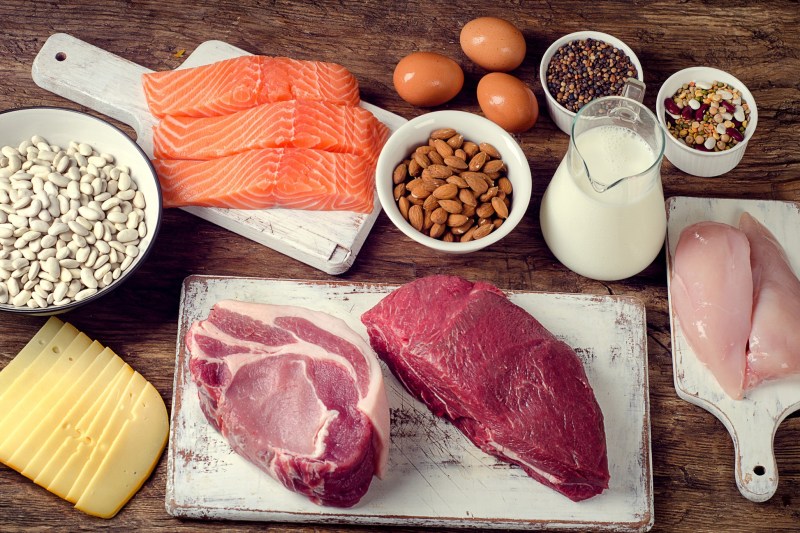
Get plenty of protein
It’s no secret that your muscles need protein to grow. How much protein you need to include in your bulking diet can be trickier to understand.
While there are wide-ranging formulas for how much protein is the optimal amount, a good rule of thumb for beginners is to shoot for one gram of protein for every pound of current body weight. So if you weigh 145 pounds, you should be eating at least 145 grams of protein per day.
Once you start tracking your diet, you’ll find that this can be easier said than done. That’s a lot of protein. So your goal should be to eat plenty of some of the best foods for bulking, high-protein foods like meat, seafood, beans, broccoli, yogurt, and cheese. Using protein supplements can also be extremely helpful while bulking.
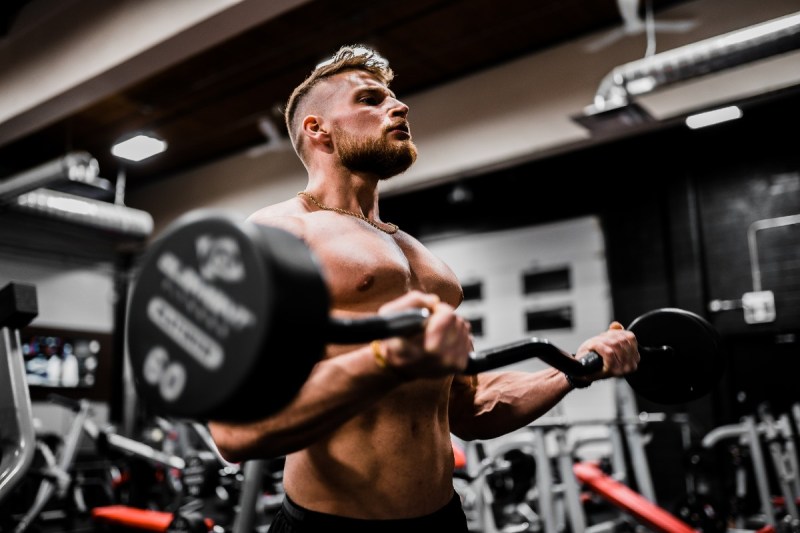
Be mindful
While your goal should be to eat a surplus, that doesn’t mean loading yourself up on an endless diet of garbage. Theoretically, at the end of your bulk, you’ll cycle into a cutting phase to eliminate some of the fat you’ll inevitably gain while loading up. That’s extremely hard to accomplish if you’ve accumulated a mere handful of gained muscle pounds alongside a truckload of fat.
So eat a surplus, but don’t go nuts. A surplus of 300 to 500 calories per day will deliver steady gains, but two or three times that will likely result in nothing more than massive fat increases. That means you should watch how surplus-y your surplus gets, but also keep an eye on the types of food you’re eating. Lean protein is better than a huge, greasy burger. Baked and seasoned broccoli is better than a bag of potato chips.
Gaining muscle, just like losing fat, is largely a question of making wise dietary choices.
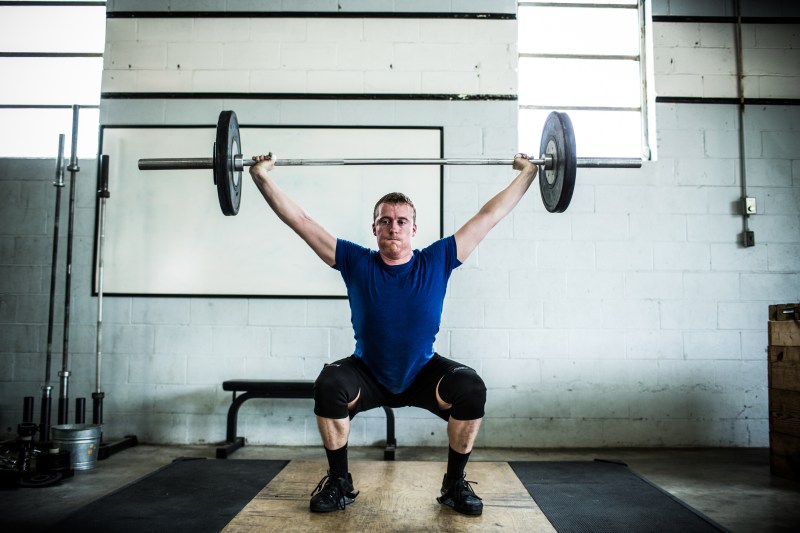
How long should I bulk?
There’s really no hard-and-fast rule on exactly how long your bulking phase should last before you start cutting. One thing to know is that bulking cycles should be longer than cutting cycles, since your body can cut much faster than it can build muscle.
If you really want to see some progress while you’re bulking, you should plan to do it for months, not weeks. Short bulking periods will show a small amount of gain, but to really bulk up and gain some serious muscle mass, you need to be in it for the long haul and give your body plenty of time to bulk up in a healthy way. According to the National Academy of Sports Medicine, you should plan to bulk for at least four to six months, and in some cases, you will need an entire year to get the results you’re looking for.



